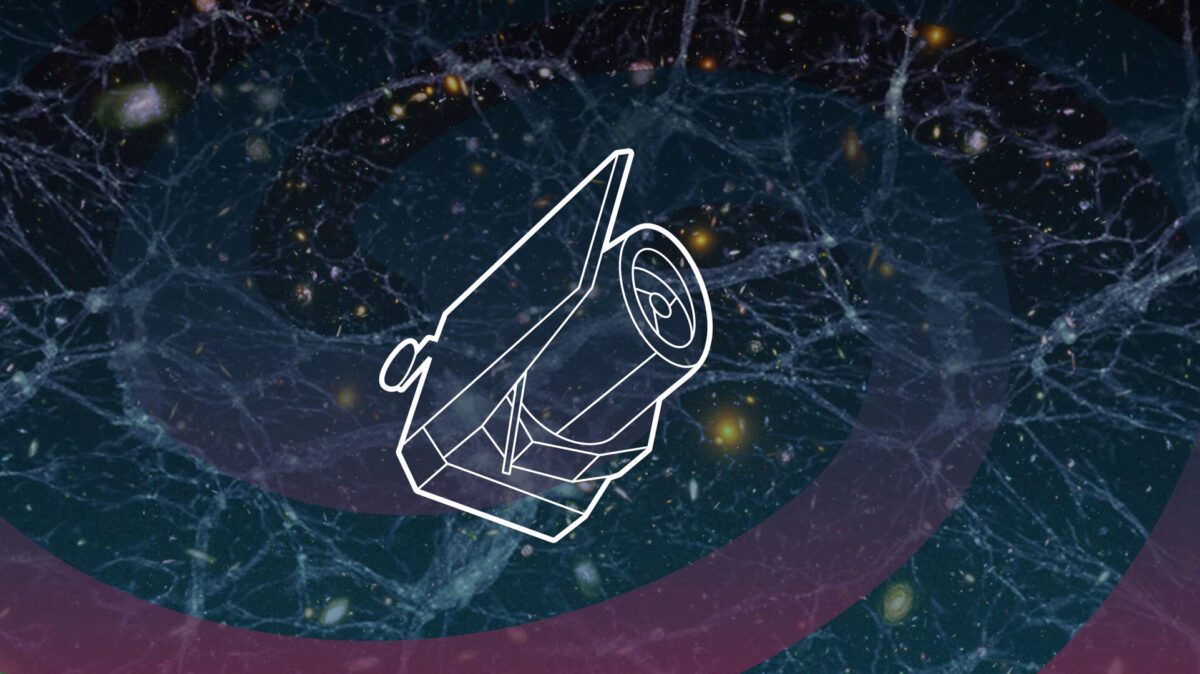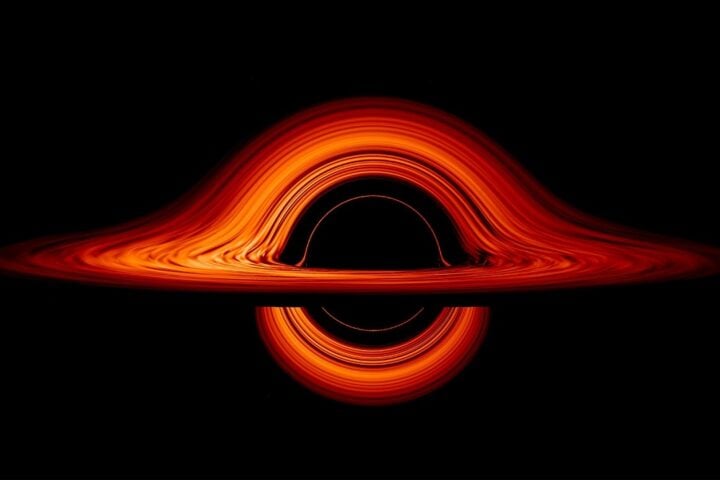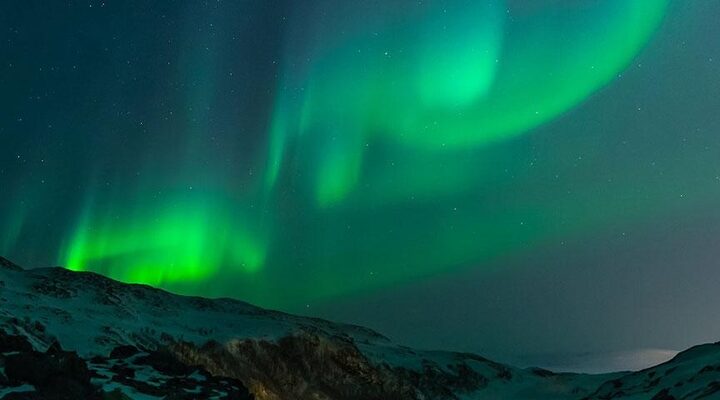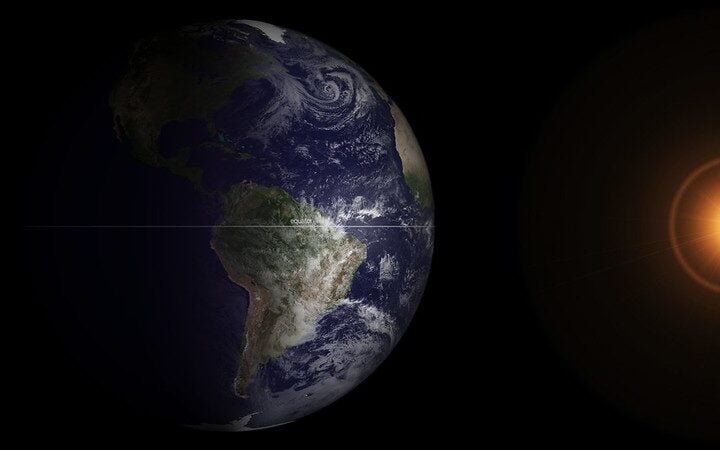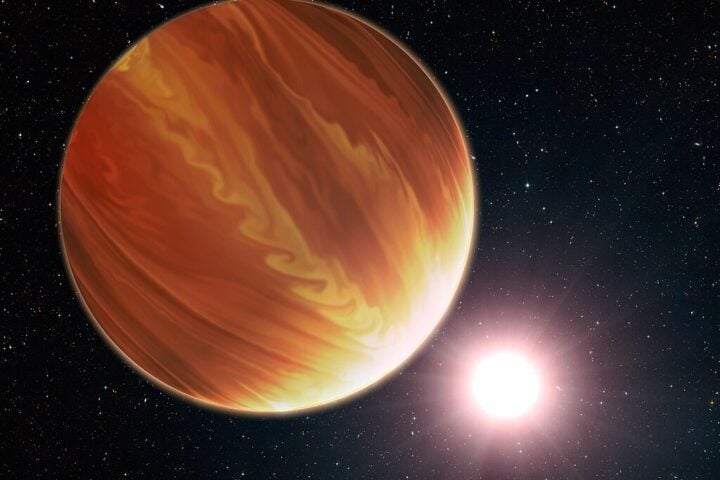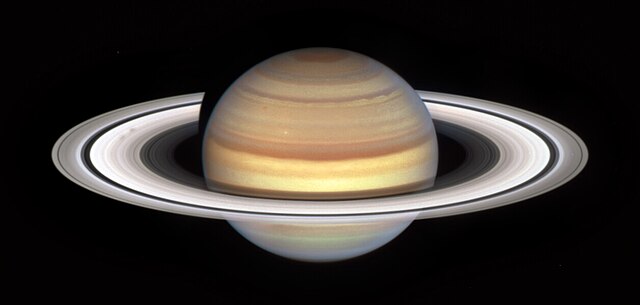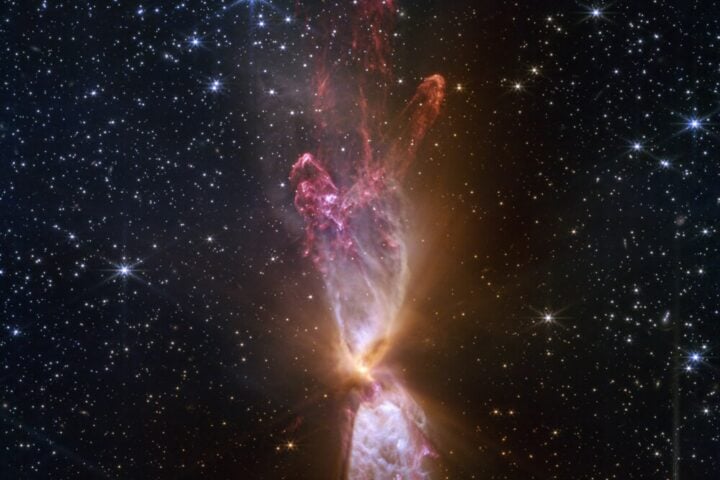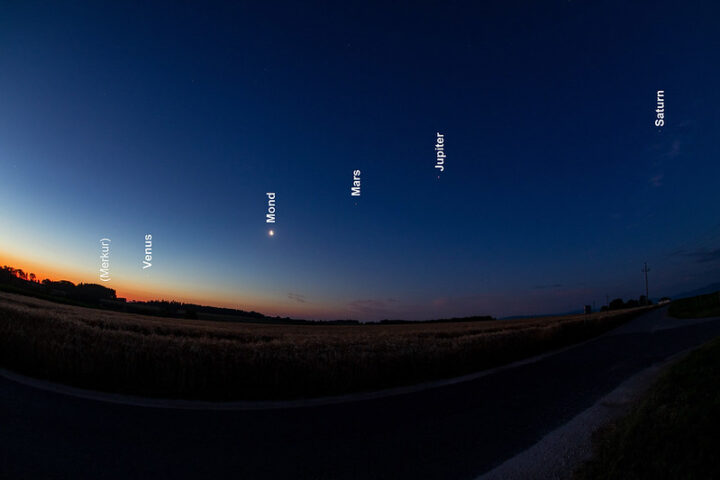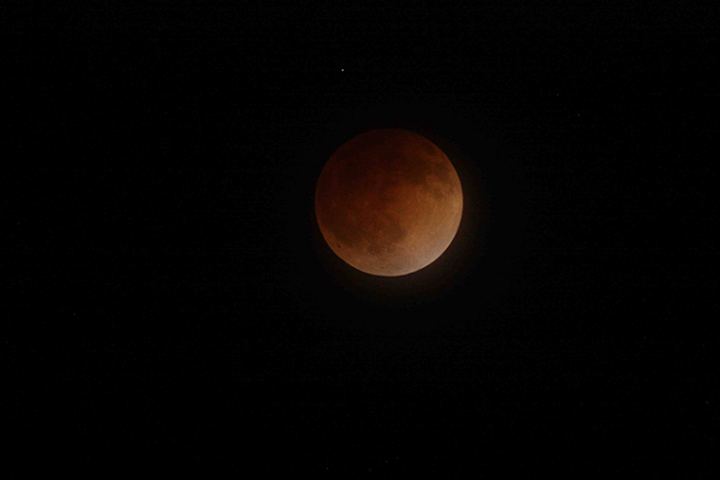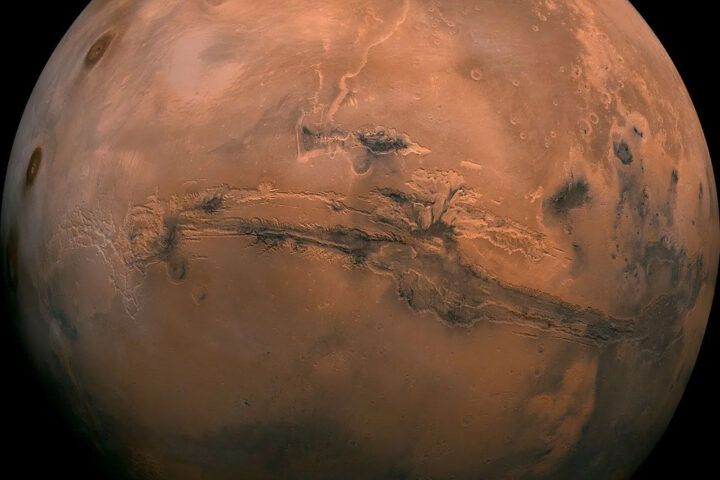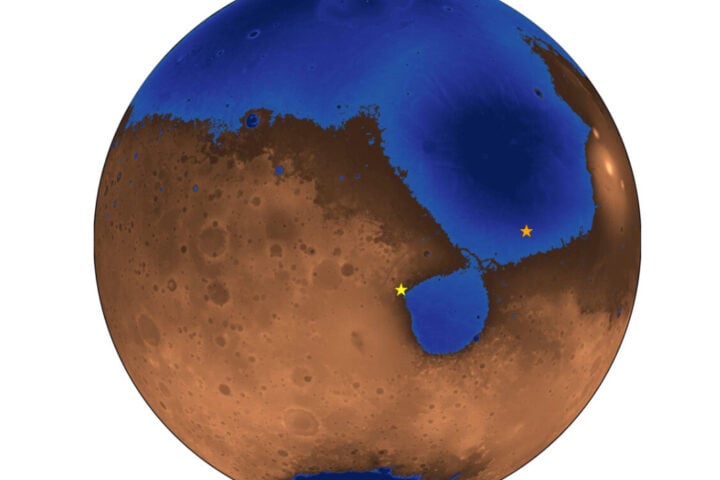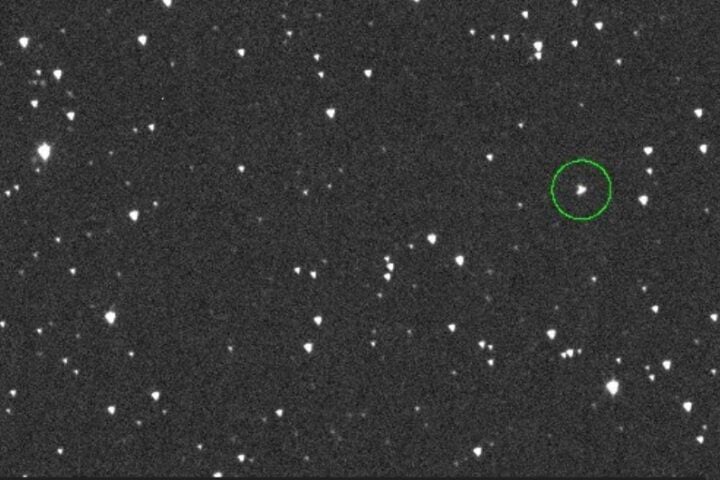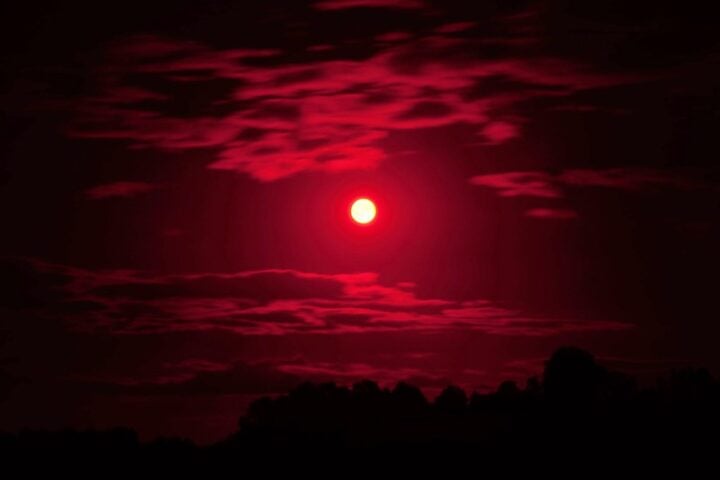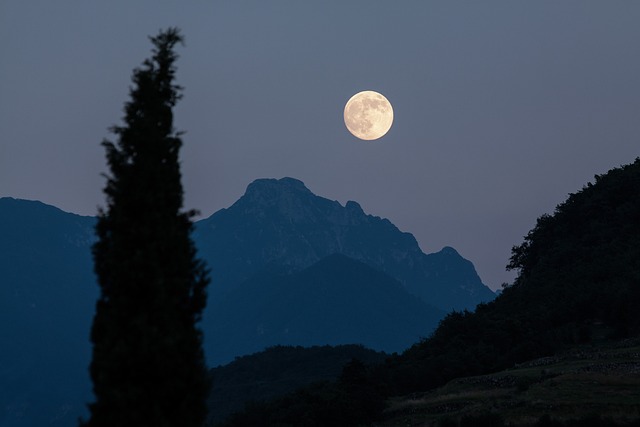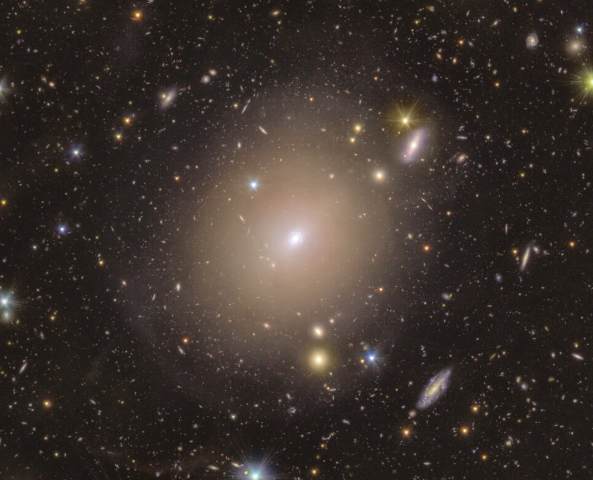In a significant stride for space exploration, ESA’s Euclid mission has released its first full-color cosmic images. This marks a pivotal moment in our quest to understand the Universe’s dark secrets. Euclid, a marvel of modern astronomy, is set to map the cosmos in 3D, delving into the mysteries of dark matter and dark energy, which make up 95% of the universe.
Contents
- Unprecedented Clarity Across the Cosmos
- Decoding the Dark Universe
- Technical Mastery Behind the Scenes
- A Glimpse into the Universe’s Depths
- Euclid’s Journey and Future Prospects
- First Images Delivered by Other Telescopes
- Euclid Space Telescope: Fascinating Facts and Stats
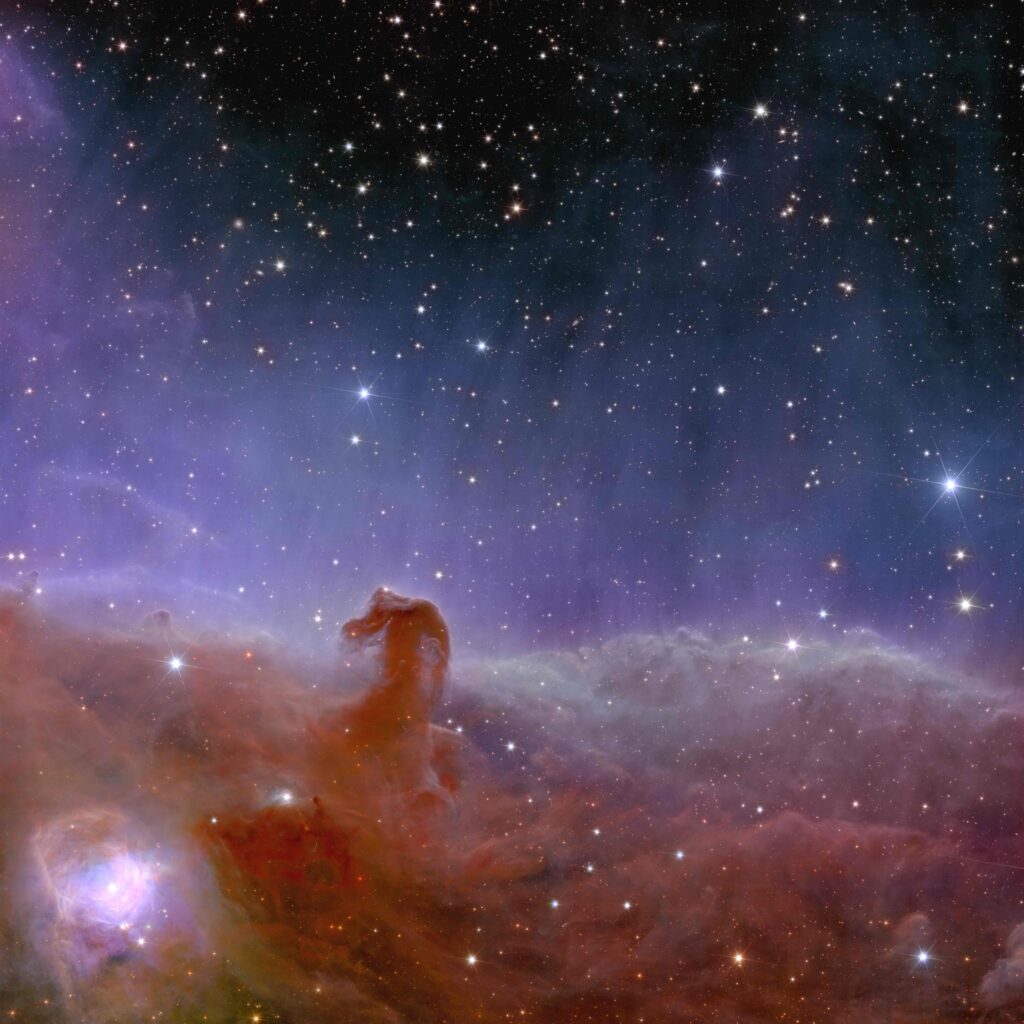
Unprecedented Clarity Across the Cosmos
Euclid’s capability to capture razor-sharp images, both in visible and infrared light, over vast sky areas in a single shot, is groundbreaking. The images, revealing everything from bright stars to faint galaxies, are astonishing in their clarity, even when zooming into distant galaxies.
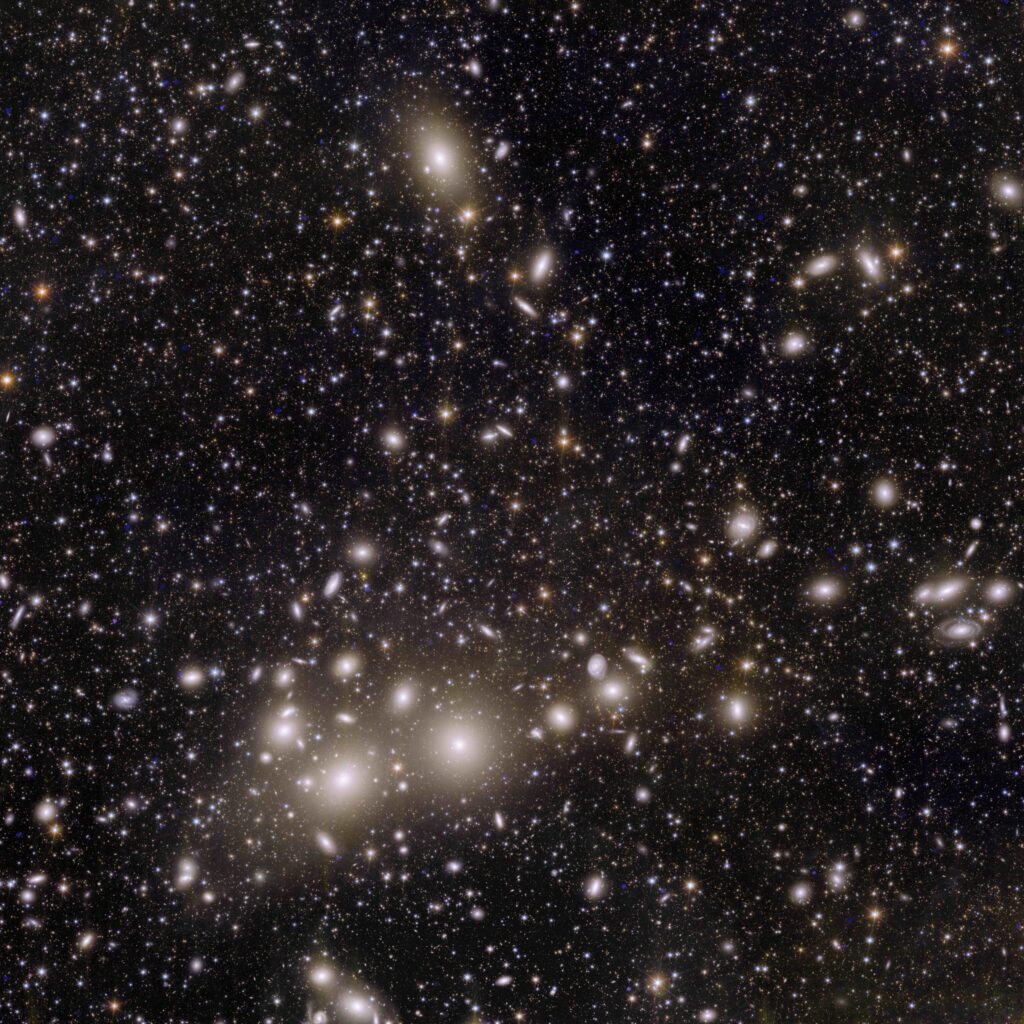
Decoding the Dark Universe
Professor Carole Mundell, ESA’s Director of Science, emphasizes Euclid’s role: “Euclid will for the first-time allow cosmologists to study these competing dark mysteries together.” The mission is expected to revolutionize our understanding of the cosmos.
René Laureijs, ESA’s Euclid Project Scientist, shares his excitement: “We have never seen astronomical images like this before… Now we are ready to observe billions of galaxies, and study their evolution over cosmic time.”
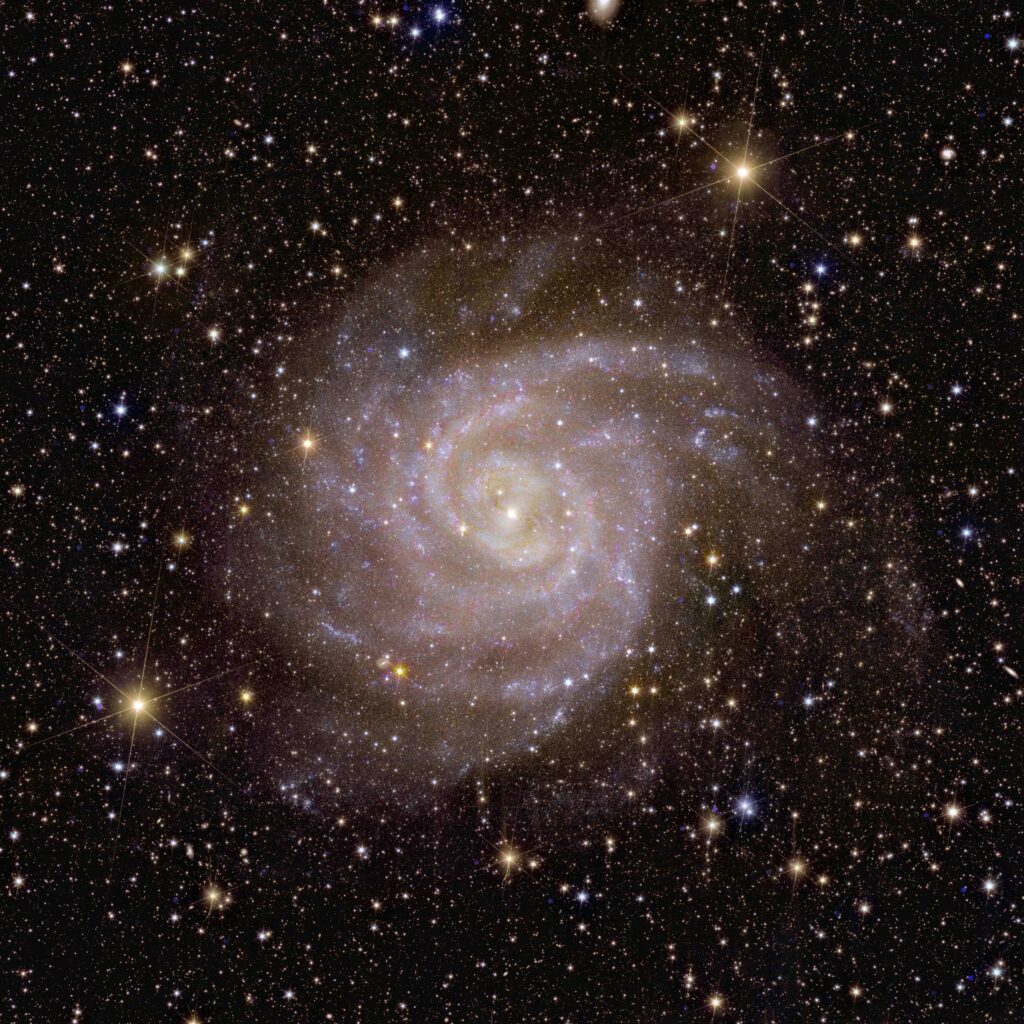
Technical Mastery Behind the Scenes
Giuseppe Racca, ESA’s Euclid Project Manager, attributes this success to the telescope’s exceptional design and manufacturing. The precision in assembly, pointing, and temperature control has been key to achieving such detailed imagery.
Similar Posts
A Glimpse into the Universe’s Depths
The Perseus Cluster image is a highlight, showcasing 1000 galaxies and over 100,000 additional galaxies. This cluster, 240 million light-years away, is a massive cosmic structure, offering insights into the role of dark matter in the Universe’s formation.
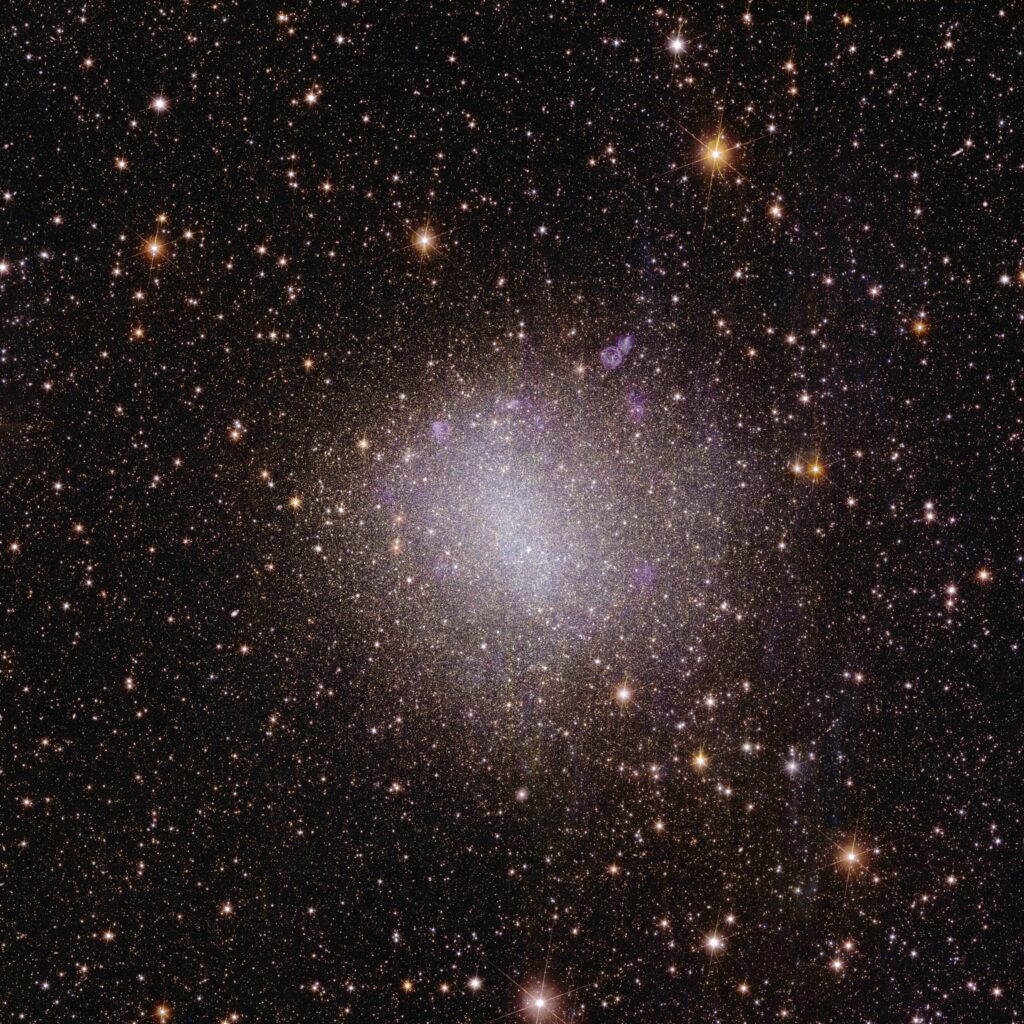
Euclid’s Journey and Future Prospects
Launched on July 1, 2023, aboard a SpaceX Falcon 9 rocket, Euclid’s six-year mission will survey a third of the sky. The data, to be released annually, will be a treasure trove for the global scientific community.
This mission, involving over 2000 scientists from 300 institutes across 13 countries, along with contributions from NASA, exemplifies international collaboration in space science.
Euclid’s first images will emerge as a gateway to unraveling the Universe’s deepest mysteries. As we stand on the brink of new discoveries, Euclid promises to reshape our understanding of the cosmos and its dark components.
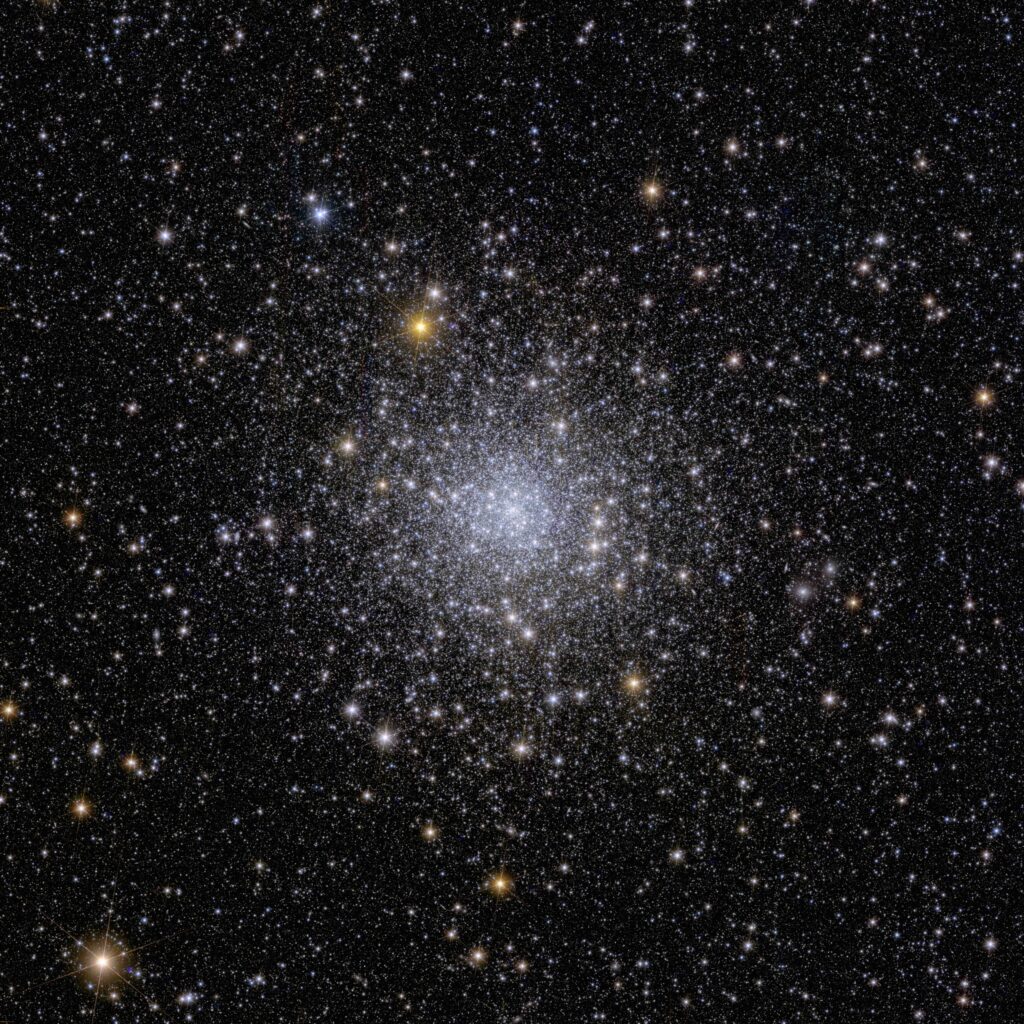
First Images Delivered by Other Telescopes
- James Webb Space Telescope (JWST):
- The JWST was launched on December 25, 2021. Its first image was released to the public on July 11, 2022. This image, known as Webb’s First Deep Field, is centered on SMACS 0723, a galaxy cluster, and is the highest-resolution image of the early universe ever taken. More about James Webb Space Telescope and Webb’s First Deep Field.
- Hubble Space Telescope:
- The Hubble Space Telescope was launched on April 24, 1990, and it entered service on May 20, 1990. Hubble has been a vital tool in astrophysics and has provided some of the most detailed visible light images, allowing a deep view into space. More about Hubble Space Telescope.
- Chandra X-ray Observatory:
- This telescope, which observes X-rays from high-energy regions of the universe, was launched in 1999. Chandra’s first image, released on August 26, 1999, was of Cassiopeia A, a supernova remnant. It has contributed significantly to our understanding of the universe, including the study of black holes, quasars, and supernovae.
- Spitzer Space Telescope:
- Launched on August 25, 2003, Spitzer’s first images were released on December 18, 2003, showcasing young stars in the IC 1396 nebula and the galaxy Messier 81.
- Kepler Space Telescope:
- Launched on March 7, 2009, Kepler’s first light image was taken on April 8, 2009, showing a field of stars in the constellation Cygnus.
- Transiting Exoplanet Survey Satellite (TESS):
- Launched on April 18, 2018, TESS’s first light image was captured in May 2018, covering a swath of the Southern Sky.
- Fermi Gamma-ray Space Telescope:
- Launched on June 11, 2008, Fermi’s first light image was released in August 2008, showing the gamma-ray sky.
- Gaia Space Observatory:
- Launched on December 19, 2013, Gaia’s first light image was taken in early 2014, focusing on a dense star field.
- Herschel Space Observatory:
- Launched on May 14, 2009, Herschel’s first light image was taken in June 2009, of the galaxy M51.
- Planck Space Observatory:
- Launched on May 14, 2009, Planck’s first light survey began in August 2009, mapping the cosmic microwave background radiation.
Euclid Space Telescope: Fascinating Facts and Stats
Overview
- Name: Euclid (formerly Dark Universe Explorer and Spectroscopic All Sky Cosmic Explorer)
- Operator: European Space Agency (ESA)
- Mission Type: Astronomy
- Mission Duration: 6 years (nominal), currently in progress
- Website: ESA Euclid and Euclid Consortium
Spacecraft Details
- Manufacturer: Thales Alenia Space (main), Airbus Defence and Space (payload module)
- Launch Mass: 2,000 kg (4,400 lb)
- Payload Mass: 800 kg (1,800 lb)
- Dimensions: 4.5 m × 3.1 m (15 ft × 10 ft)
- Launch Date: 1 July 2023, 15:12 UTC
- Launch Vehicle: Falcon 9
- Launch Site: Cape Canaveral SLC-40
- Orbital Parameters: Sun–Earth L2, Lissajous orbit
Telescope Specifications
- Type: Korsch telescope
- Diameter: 1.2 m (3 ft 11 in)
- Focal Length: 24.5 m (80 ft)
- Collecting Area: 1.006 m² (10.83 sq ft)
- Wavelengths: From 550 nm
Mission Objectives and Achievements
- Primary Goal: Understanding dark energy and dark matter by measuring the universe’s accelerating expansion.
- Operational Location: Halo orbit around the Sun-Earth second Lagrange point L2.
- Complementary Missions: Gaia and James Webb Space Telescope.
- First Images Revealed: 7 November 2023, showcasing Euclid’s capability to create a comprehensive 3D map of the universe.
- Redshift Measurement: Probing the history of the universe’s expansion and cosmic structure formation by measuring the redshift of galaxies up to a value of 2 (equivalent to looking back 10 billion years).
- Techniques Used: Gravitational lensing, measurement of baryon acoustic oscillations, and spectroscopy for galactic distance measurement.
- Historical Significance: Named after the ancient Greek mathematician Euclid, the father of geometry.
Development and Launch
- Budget: Part of ESA’s Cosmic Vision campaign, with a budget cap of around €500 million.
- Selection: Chosen in October 2011 along with the Solar Orbiter.
- Construction: By Thales Alenia Space, Italy.
- Payload Module Management: Airbus Defence and Space, Toulouse, France.
Technical Challenges and Solutions
- Image Precision: High-accuracy images required for precise measurements, necessitating calibration to account for sensor distortions.
Historical Context
- Origins: Emerged from two mission concepts – DUNE and SPACE.
- Formal Adoption: 25 June 2012 by ESA’s Science Programme Committee.
